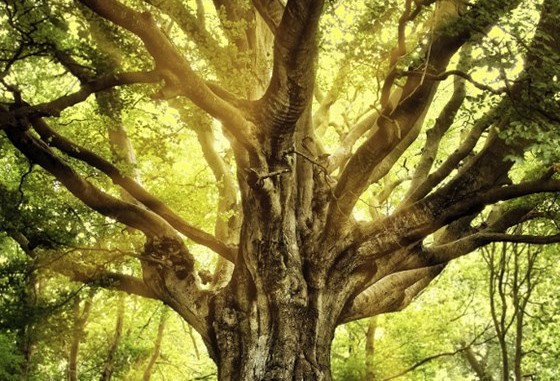
As a researcher, I read a lot. And it is not always of the entertaining kind. But sometimes I find interesting facts or quirky quotes or funny passages, even in academic papers. I usually share them with my friends (who I am sure appreciate it), but I thought I would also share them here.
Welcome the Quote of the Month!
It is Scotland’s Year of Coasts and Waters, and it comes with many lovely events and opportunities to spend a day at the sea or loch. On more than one occasion in this context, I’ve heard marine scientists say something along the lines of:
Although seagrasses account for less than 0.2% of the world’s oceans, they sequester approximately 10% of the carbon buried in ocean sediment annually (27.4Tg of carbon per year). Per hectare, seagrasses can store up to twice as much carbon than terrestrial forests.
Many a marine scientist and ABOUT BLUE CARBON, emphasis added
As a wood scientist, I need proof for this claim. But indeed, a quick research reveals that forests (tropical rain forests, to be precise) are only the 5th most efficient carbon storage ecosystem after Tundra, Seagrasses, Mangroves and Salt Marshes. In Scotland, peatlands which make more than 20% of our land-area, are another important carbon store.
“Screw trees!” is surely not what these findings suggest. Of course, forests have their place in the world, next to seagrasses and peatlands. And none of these ecosystems exist purely for locking away carbon. Depending on whom you ask, their main role could be providing food, habitat, recreation space, joy, and, in the case of forests, timber!
And this is where trees really outmatch seagrasses, not only are they much more present in our lives, but they are also producing wood. And wood is an amazing material that comes with many benefits, just one of them is storing carbon. But in the recent years this one aspect has become more and more of an advantage for “net-zero” or “carbon negative” products, which appeal to a more climate-aware customer base and are in line with the government’s carbon emission goals. Sometimes it seems that we are focussing on this aspect of wood a bit too much, even though it is not at all easy to tell how much impact our locking-away-carbon-approach has on the climate. We shouldn’t be tempted to use more wood than necessary to store away more carbon, or to burn valuable hardwood to produce “green” energy.
But being carbon negative just sound so good. Haven’t we all come across companies who plant a tree to compensate the emissions of your flight or parcel delivery? But who has heard of a company who protected a kilometre of coastline or a hectare of mangrove forest for the same reason? Maybe peatlands, although more effective at locking up carbon, are not quite as sexy as forests (or maybe that is just my slightly biased opinion). Or maybe we like our ecosystems productive, first and foremost. In this case it doesn’t matter whether companies are planting trees or buying a square foot of swamp on your behalf, if what they are really looking to buy is your loyalty.
The forgotten and unproductive ecosystems are for the companies and individuals who really care. They remind us that all climate efforts need to follow a holistic approach, instead of focusing on “only” net-zero carbon. Protecting the seagrasses? Can be done by reducing single-use plastics and chemicals that impact marine ecosystems. Making sure peatlands can stay boggy and without commercial use? Make your business more circular to assure we have enough resources grown elsewhere. Keeping the carbon in the tundra? We need to prevent global warming as much as possible, and here we are back to carbon and other greenhouse gases. As we established, there is no easy plant-a-tree-way to solve this problem, but a hundred good ways in which companies can reduce their global warming potential.
What we all can do (not only businesses and wood scientists) is looking beyond our own horizon and learn from other fields (or other ecosystems). So why don’t you plan a trip to the Scottish coast for one of the many events in the Year of Coasts and Waters or help scientists count the number of seaweed species found on the UK’s shores?

Leave a Reply
You must be logged in to post a comment.